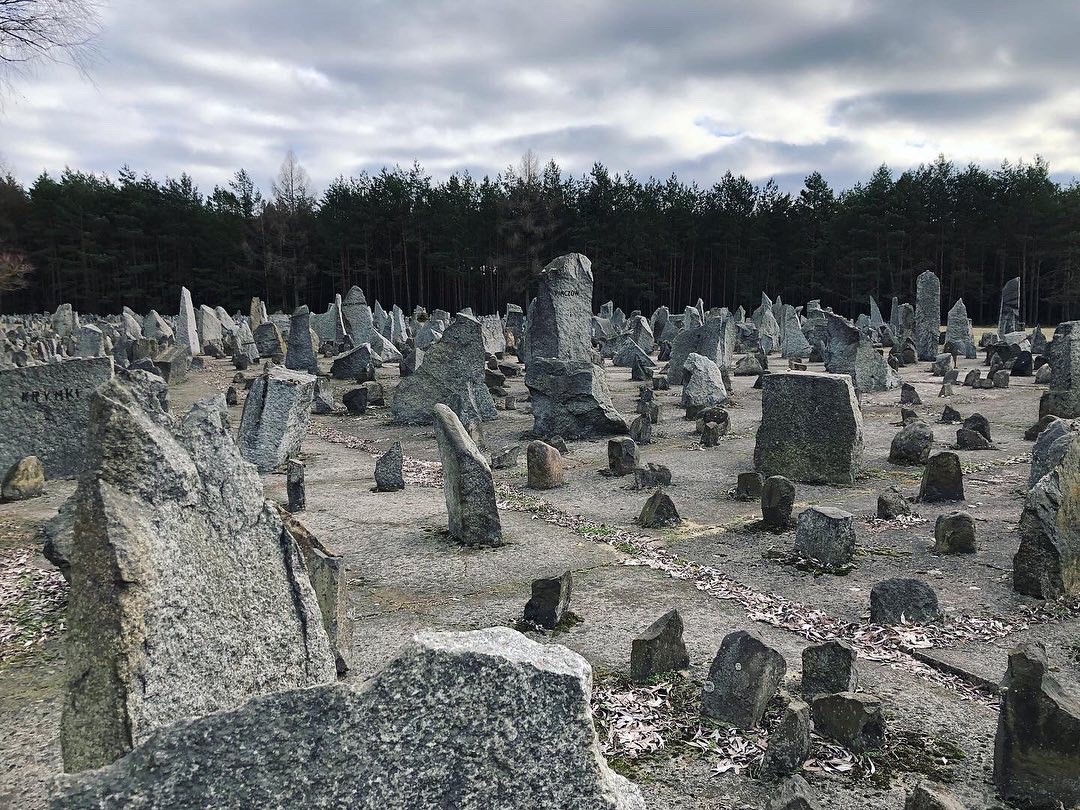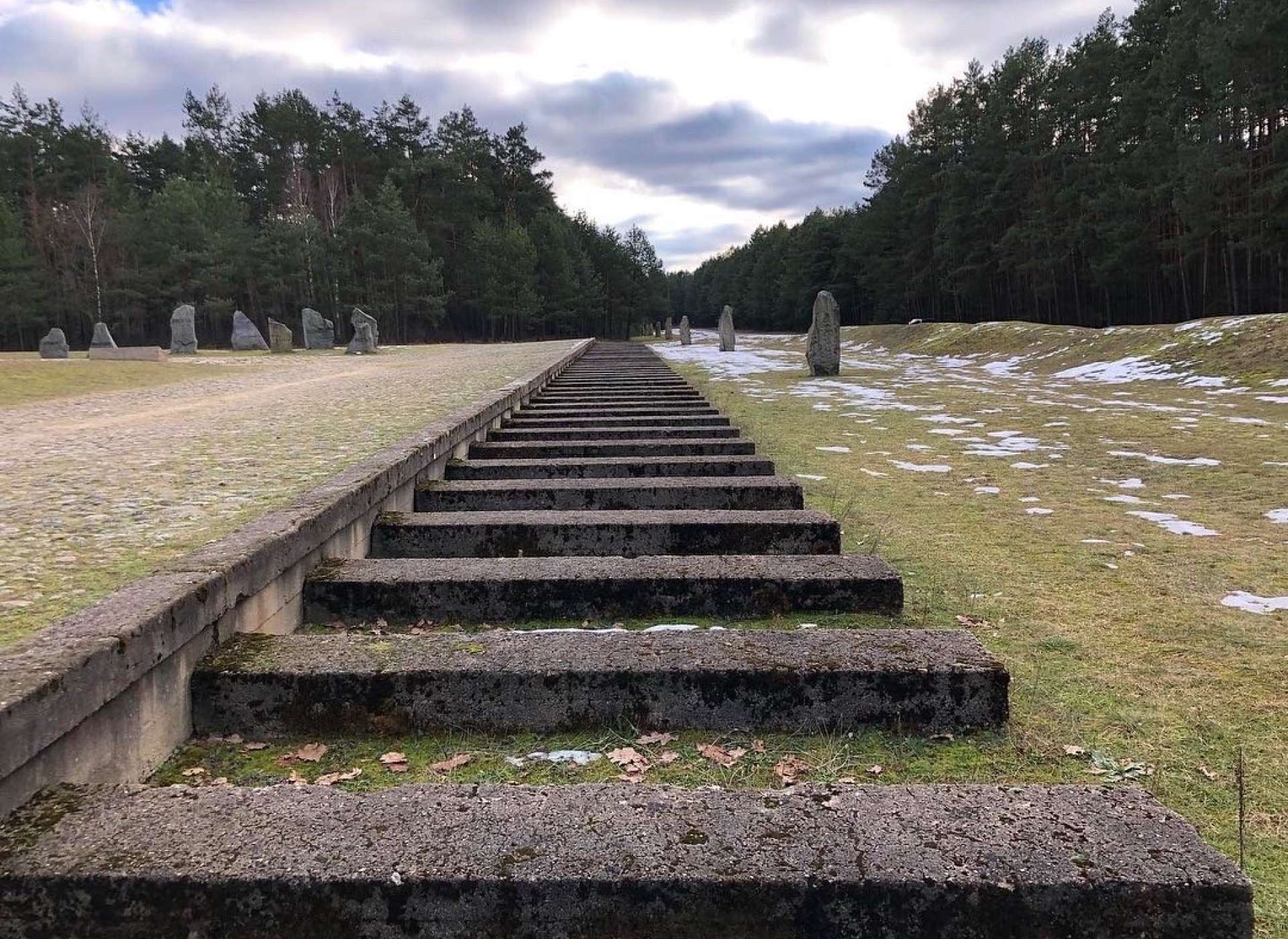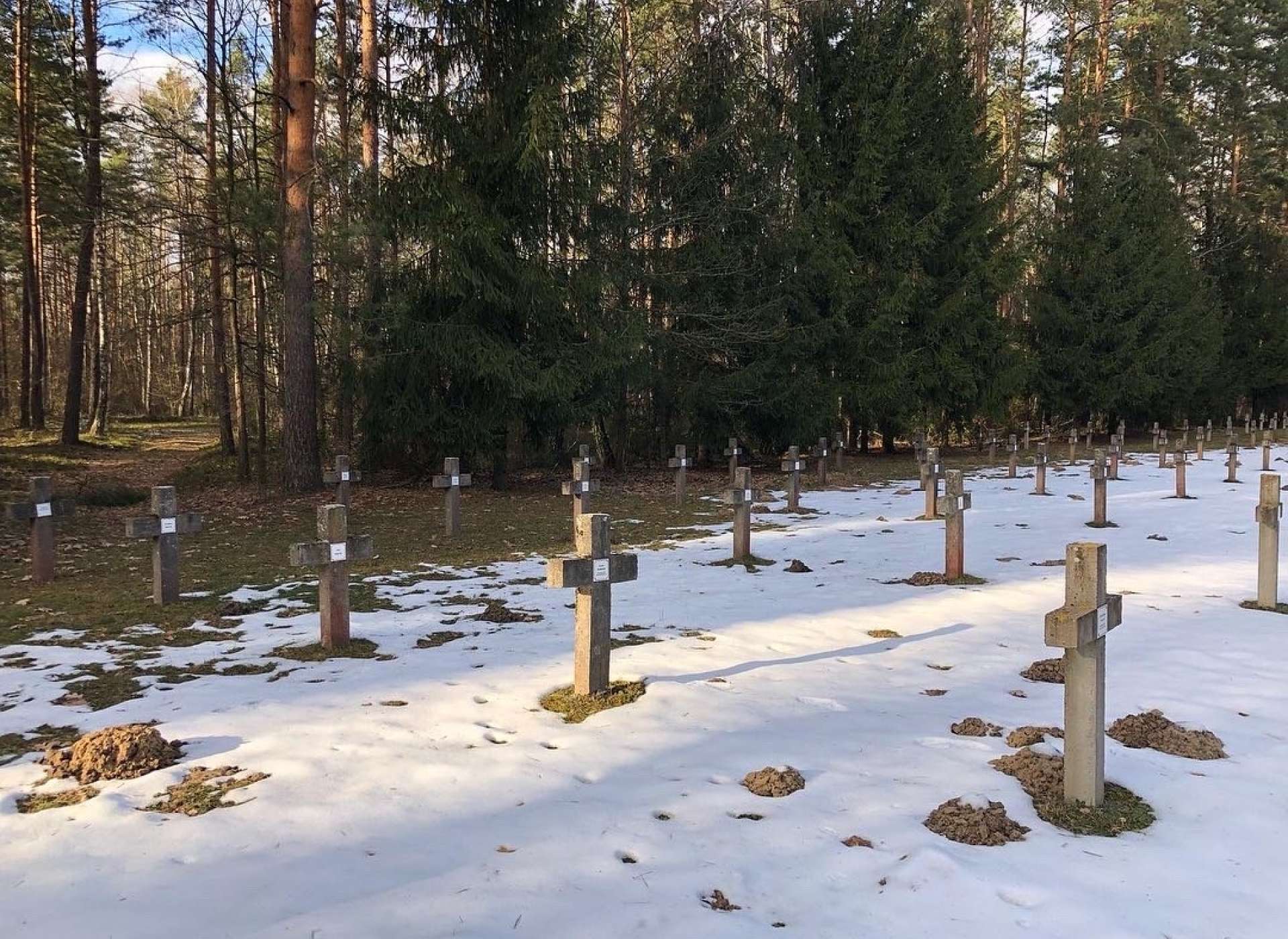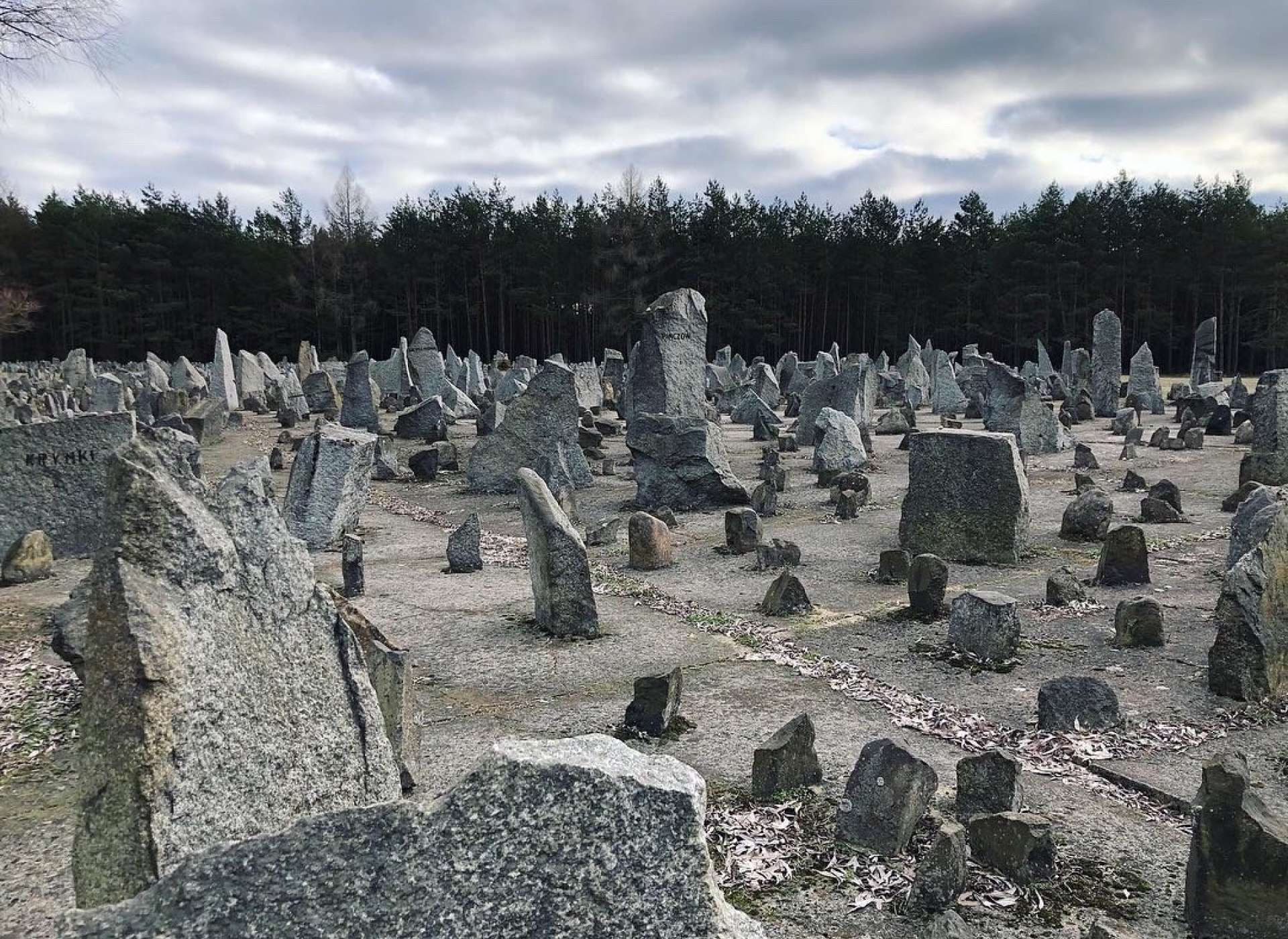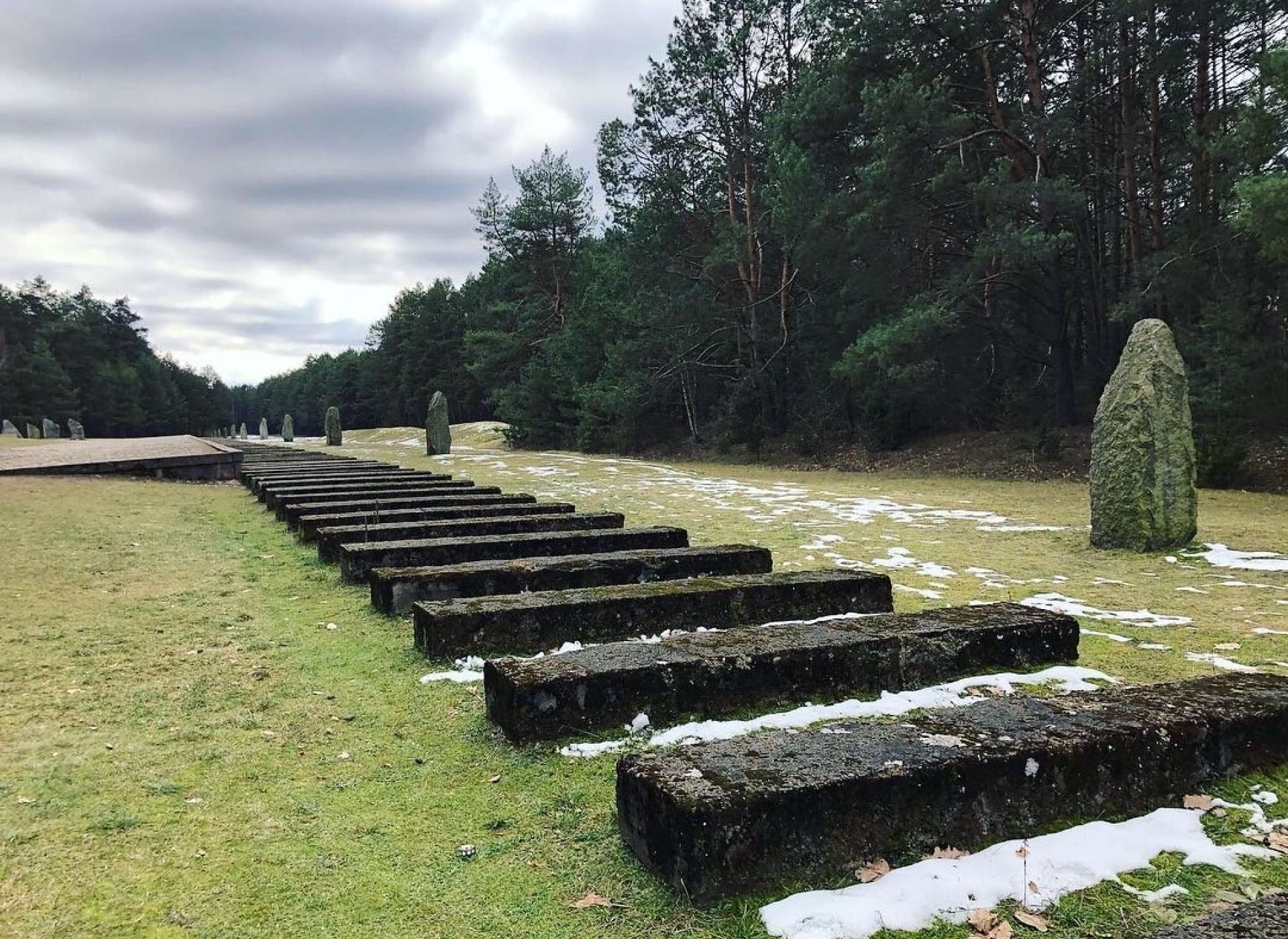Join The National WWII Museum on an Electronic Field Trip to learn about the Holocaust through firsthand accounts and testimonies of child victims and survivors. Through this program, students will discover the broader context of the Holocaust by understanding how it happened and recognizing its tragic legacy.
Students participating in this program will have the opportunity to explore the newest Liberation Pavilion galleries at The National WWII Museum and artifacts from our collection, as well as Holocaust sites across the Atlantic. Entire classrooms can get involved with this live broadcast by submitting questions in real time to our educators and experts, and by participating in our live polls throughout the Electronic Field Trip to test your history knowledge along with other students.
Tune in this March as student reporters and Museum educators lead students on an emotional journey across the globe to critically examine these vital histories of the Holocaust and World War II.
Designed for grades 5–12.
The creation of ghettos during World War II was a key part of Nazi plans to brutally persecute, separate, and eventually liquidate Europe’s Jewish population. During World War II, the word “ghetto” was appropriated to describe designated sections of Nazi-controlled cities where German authorities concentrated local Jewish populations. Historians trace the origin of the so-called Nazi “ghetto policy” to a meeting on November 12, 1938, when Hermann Göring broached the idea of erecting sealed-off ghettos to completely exclude Jews from German society. According to the United States Holocaust Memorial Museum, the Germans ultimately established at least 1,143 ghettos in the occupied eastern territories.
This video discusses the ghetto located in then Vilna, Poland, now Vilnius, Lithuania and the resistance groups that took place in the ghetto.
During the Holocaust, some Jewish people were able to survive by living in hiding. Many Europeans assisted Jewish people during the war by providing them with hiding places, false identities, or even smuggling them out of parts of Nazi occupied Europe. Watch this video to learn more about Hidden Children during the Holocaust and follow the link provided below to hear from Anne Levy, a hidden child who survived.
Listen to the story of Anne Levy whose family used Catholic papers to hide during WWII. Explore her oral history to find out more about her experience. https://www.ww2online.org/view/anne-levy
During the Holocaust many of the entrances to Jewish ghettos, German work camps, concentration camps, and death camps bore the phrase "Arbeit Macht Frei" inscribed into them. The phrase arbeit macht frei originates from a novel titled, Die Warheit macht frei, or “the truth will set you free”. Before WWII, the phrase was used in Germany as a slogan for programs designed to reduce mass unemployment. When the Nazis rose to power, they co-opted the phrase and it began to appear at the entrances of these locations associated with the Holocaust.
After the Holocaust many survivors found themselves separated from their families and communities, as they were often sent miles away from home in places or countries they had never been before. The Allied forces set up Displaced Persons Camps to help repatriate survivors who did not have homes to return to. Watch this video where Student Reporter Noa shares the story of her grandfather Eugene Finton and learn more about displacement following the Holocaust.
US Department of Education
Dale E. and Janice Davis Johnston Family
Isermann Foundation
Dow Chemical
The Museum would also like to acknowledge Taube Philanthropies, as part of the Taube Family Holocaust Education Program, and the Mark Rubin Family Endowment for Holocaust Education for their continued support of The National WWII Museum’s Holocaust educational programming.
Dachau Concentration Camp and Memorial Site
Muzeum Treblinka
Warsaw Ghetto Museum
Nuremberg Municipal Museums – Courtroom 600 of the Palace of Justice
Dokumentationszentrum Reichsparteitagsgelände
